Ontario faces $30M class action over alleged mass abuse at Maplehurst jail
Karunjit Singh
Originally published on Law360 Canada, © LexisNexis Canada Inc.
Ontario is facing a $30-million proposed class action over allegations that nearly 200 inmates at a correctional facility were subjected to illegal strip searches and systematic violence as collective punishment for an individual inmate assaulting a guard.
The conduct that is the subject of the class action took place at the Maplehurst Correctional Complex in Milton, Ont., in December 2023. Certain videos of the incident were released under an order of the Ontario Superior Court.
Justice Colette Good, who ordered the release of the videos, described them as depicting conduct that included criminal acts towards prisoners and would “shock the conscience of the public.”
The proposed class action commenced by Goldblatt Partners LLP and Posner Craig Stein LLP alleges that the Institutional Crisis Intervention Team at the correctional complex carried out a coordinated operation targeting all of the approximately 192 inmates in Unit 8 of the institution from Dec. 22 to 24, 2023.

The proposed representative plaintiff in the class action is Jamarey Chisholm, who was an inmate at Maplehurst in December 2023.
“The plaintiff alleges, on behalf of all class members, that the coordinated operation included unlawful cell-by-cell strip searches of the entire unit, systematic assaults, wrenching the wrists of the inmates using zip ties, pepper-spraying and beating inmates inside their cells, and other rights deprivations,” Goldblatt Partners said in a release.
Besides being strip searched, Chisholm was also allegedly dragged out of his cell using zip ties, with his hands and wrists intentionally and painfully contorted by guards.
The claim alleges that guards also beat and pepper-sprayed some inmates during strip searches and that some inmates were shot at point-blank range by pepper-ball guns.
The plaintiff has alleged that staff at Maplehurst made conditions within Unit 8 inhospitable by depriving inmates of clothing, bedding, toilet paper, medical treatment and other necessities for upwards of two days.
The temperature on Unit 8 was also allegedly lowered to extremely cold levels by turning on the exhaust fans and letting in the outdoor winter air, while inmates were deprived of clothes in their cells.
The class action alleges that Maplehurst superintendent Winston Wong, who authorized the operation, referred to it as “Wong-tanamo Bay” in remarks to Maplehurst colleagues and inmates.
“While inmates were being subjected to degrading and humiliating treatment and abuse, Superintendent Wong told the inmates ‘Welcome to Wong-tanamo Bay.’ He also told them ‘this is my house,’ ‘what we say goes,’ and other words to that effect,” the plaintiff has alleged.
The lawsuit also alleged that Wong and other jail staff deliberately failed to document their unlawful acts, falsified jail records and/or destroyed jail records to conceal their conduct.
The plaintiff has also submitted that Ontario failed to make public the findings of the province’s investigation into the incident.
Ontario’s ombudsman has initiated an investigation into Ontario’s response to the incident.
The lawsuit claims that the unlawful mass strip search, systematic assault and collective punishment carried out by prison authorities at Maplehurst breached inmates rights under ss. 7, 8 and 12 of the Canadian Charter of Rights and Freedoms.
It alleges that the unlawful conduct and wrongful acts committed by prison authorities constituted misfeasance in public office, negligence, and a breach of the fiduciary duties owed to inmates.
The class action is seeking $20 million in damages, $10 million in punitive damages and costs of the action on a full indemnity basis.
“A class action calls into focus the collective nature of this governmental abuse. Everyone who went through this state-imposed nightmare is entitled to damages, whether or not they obtained individual remedies in their criminal cases,” said class counsel Louis Century of Goldblatt Partners LLP.
He highlighted that most of the inmates involved were awaiting trial and presumed innocent.
Class counsel Gabriel Gross-Stein of Posner Craig Stein LLP said that the class action on behalf of the impacted inmates was a way to counter impunity at Maplehurst and create meaningful accountability.
This type of extreme state misconduct can only occur where an institution believes itself to be immune from consequences. Deterrence is one of the key objectives of Charter damages
“This type of extreme state misconduct can only occur where an institution believes itself to be immune from consequences. Deterrence is one of the key objectives of Charter damages,” he told Law360 Canada in an email.
The Ontario Ministry of the Solicitor General did not immediately respond to a request for comment.





